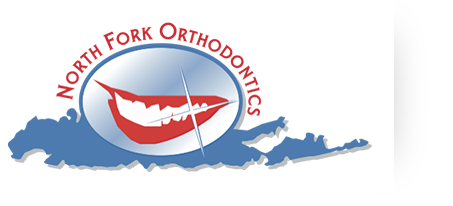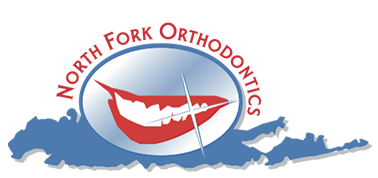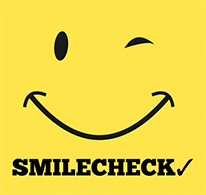Life with Braces
Is there anything you need to know about caring for your braces now that you have them? During orthodontic treatment, it is essential that you maintain good oral hygiene.
Eating with Braces
In no time at all, you’ll be able to enjoy your favorite snacks again! However, you’ll need to take extra precautions to keep your new gadgets secure before you can start eating your favorite delicacies. The following foods should be avoided when wearing braces:
- Chewy foods — bagels, licorice
- Crunchy foods — popcorn, chips, ice
- Sticky foods — caramel candies, chewing gum
- Hard foods — nuts, hard candies
- Foods that require biting into — corn on the cob, apples, carrots
Foods you CAN eat with braces:
- Dairy — soft cheese, pudding, milk-based drinks
- Breads — soft tortillas, pancakes, muffins without nuts
- Grains — pasta, soft-cooked rice
- Meats/poultry — soft cooked chicken, meatballs, lunch meats
- Seafood — tuna, salmon, crab cakes
- Vegetables — mashed potatoes, steamed spinach, beans
- Fruits — applesauce, bananas, fruit juice
- Treats — ice cream without nuts, milkshakes, Jell-O, soft cake
Discomfort from braces and Appliances
At first, your teeth and mouth may feel sore or uncomfortable after you get braces. This is normal, and your mouth will feel normal again in no time. We suggest mixing one teaspoon of salt with eight ounces of lukewarm water to ease pain and soreness. Swish and gargle for a few seconds with this solution (do not swallow the saltwater).
If the pain doesn’t go away after you rinse, you could try taking over-the-counter pain medication. As your mouth gets used to the wires and brackets, your lips, cheeks, and tongue may get red and swollen for up to two weeks. This can be painful. If there is anything we can do to make your braces more comfortable, please let us know. Please let us know if you need wax.
Loose Teeth
If you notice that any of your teeth are shifting about in their sockets, you shouldn’t be worried about it. Before your teeth can be moved into the correct position by your braces, the teeth must first be loosened. After your teeth have been realigned, you won’t have to worry about them being loose.
Bands & Disconnected Wires
The brackets and wires on your braces could become loose. If something goes wrong with your appliance, please let us know right away so we can look at it and fix it. Make sure to keep any loose parts of your appliance and bring them to the office.
You can temporarily fix the loose wire by gently pressing it back into place with the back of a spoon or the eraser end of a pencil. Put a piece of wax or a wet cotton ball over the loose wire to make it less painful.
Keep your things in good shape.
Damaged appliances will make your treatment take longer, so make sure you take care of all of them. Your teeth and jaw can only move into the right place if you always use the rubber bands, headgear, retainer, or other tools that your doctor has given you.
Braces and Taking Part in Sports
Cheer up, athletes! You can still play sports even if you are getting braces. If you play sports, you should wear a mouthguard to protect your teeth and the orthodontic device. If you want help finding the best mouthguard for your needs, talk to your doctor.
If you get hurt while playing sports, you should check your mouth and dental appliance as soon as possible. Please call our office right away if you notice any loose teeth or broken appliances. Wax or saltwater rinses can be used to ease the pain for short periods of time.
When you floss and brush your teeth,
To keep your teeth and gums healthy while you have braces, brush, and floss after every meal. Please contact us if you need help picking out the right toothbrush, toothpaste, and dental floss for your teeth and your braces.
Brace Maintenance
After every meal, brush your teeth for two minutes with a soft-bristled, small-headed toothbrush and fluoride toothpaste. Use a powered toothbrush to get better results when you brush. Use small, soft, circular strokes to brush the outside and inside surfaces of your teeth. Keep the toothbrush head at a 45-degree angle to the gum line. Use short, soft strokes to brush your teeth back and forth, paying special attention to the chewing surfaces and the insides of your front teeth. Pay close attention to the areas around your appliances and brackets.
If you use floss after every meal to clean your teeth and braces, you might be able to finish your orthodontic treatment on time. When you have braces, the best way to floss is to use orthodontic floss or a floss threader. You can keep a few inches of tight floss between your fingers by wrapping the ends of the floss around them. When you floss, move the floss back and forth between your teeth. Plaque and food can get stuck between teeth. Flossing the sides of each tooth can help get rid of this. Once you’ve flossed all of your teeth, you can use this method again. Ask about a water flosser if your floss isn’t getting all the food out of your teeth and braces.







